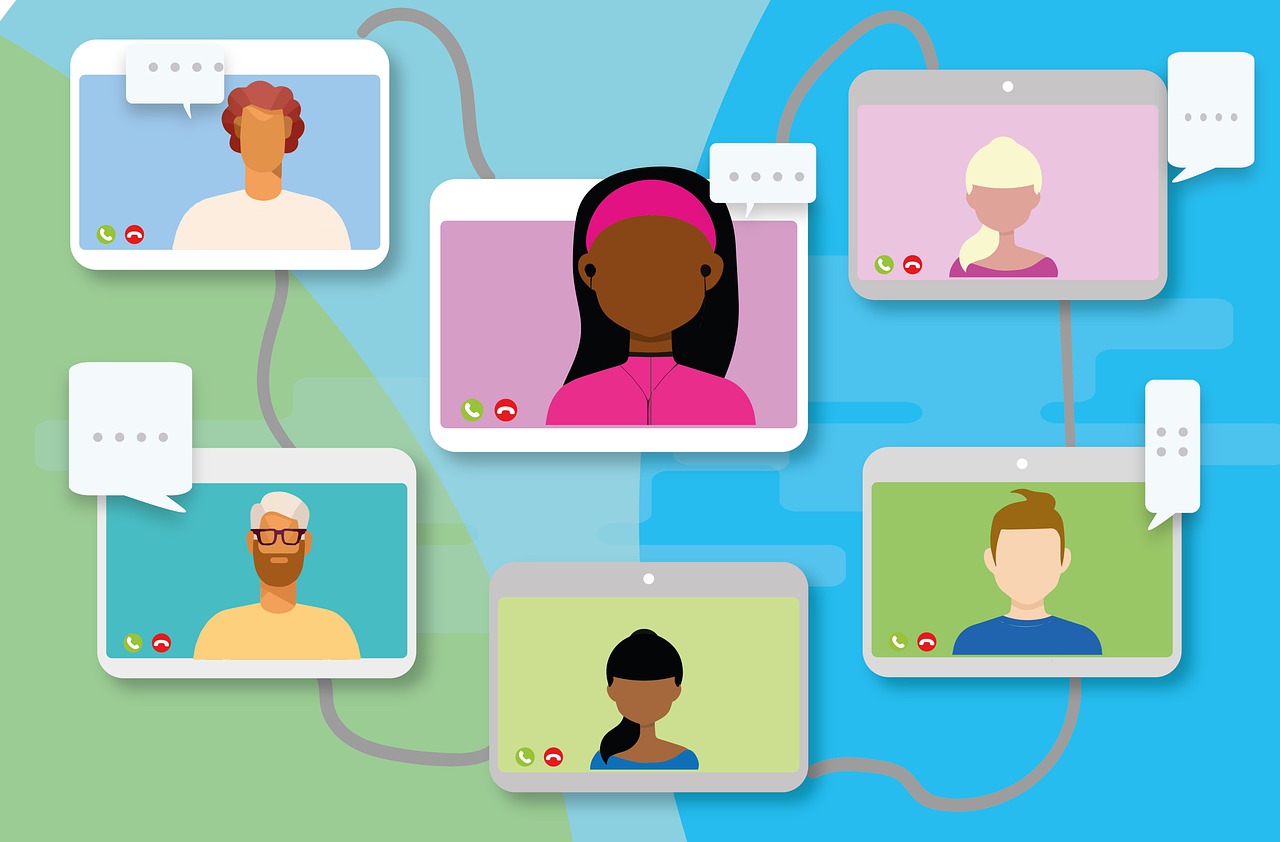
Since the COVID-19 pandemic, many recruiters have been looking for ways to interview potential candidates without putting themselves at risk. The best way to interview candidates is through remote video interviewing tools. But what tools are there to improve video interviewing in 2021. Keep reading to find out.
Why You Need Video Interviewing Tools
A resume is an ideal way to see what skills and knowledge a potential candidate may have. This document may show the following information:
- Secondary and tertiary education
- Work history
- Soft skills
- Technical skills
- Awards and achievements
- Industry training
The candidate’s resume is a way for employers and recruiters to see if the candidate has the requirements for the job. However, it’s not an effective way to see a potential candidate’s interpersonal skills such as communication, problem-solving, patience, and even assertiveness.
A video interview can help employers or recruiters conduct interviews more effectively, especially if the candidate is in a different time zone. It also helps to screen more candidates in a short space of time.
Types of Video Interviews
For you to choose the correct video interviewing software, you’ll need to look at the different types of tools to use. This section will help you choose the best video interviewing tool for your requirements:
- Two-way: This is the most popular video interviewing type. The candidate and interviewer can log onto the same platform and interview in real-time, regardless of location or time zones.
- One-way: An interviewing tool with a one-way feature is also known as asynchronous. An interviewer will send the candidate a series of questions. The candidate answers the questions in a screen recording and sends the video to the interviewer for evaluation.
- Video applications: Instead of doing an online call or video chat, the interviewer asks candidates to record a video introduction of themselves.
You can choose your video interviewing platform based on the information above.
7 Video Interviewing Tools
1. Movavi Screen Recorder
Movavi Screen Recorder is the perfect example of an asynchronous video interviewing tool. It’s the ideal platform for interviewers to screen candidates that send through video recordings as an application.
With Movavi Screen Recorder, you can schedule recordings, record only audio without video, draw on videos, and take photos with the webcam.
With Movavi, you can save time on long and drawn-out interviews by accepting video applications instead. You can also use this software to train employees on new technology for your business.
2. Zoom
Zoom is a versatile platform that allows you to conduct interviews in real-time and record your interviews to view at a later stage. You can also schedule meetings with candidates with your Google Calendar, so you never miss an appointment.
This platform also offers cross-platform messaging and audio-only conferencing. Furthermore, there’s a screen sharing feature so candidates and interviewers can view each other’s screens.
3. Skype
Skype is similar to Zoom because it allows you to interview candidates in real-time regardless of whether you’re both in different time zones. You can call candidates through Skype using their mobile number. It allows instant messaging and has a full chat history.
With Skype, you can interview candidates through video calls or switch off the video and use audio-only. You can either download the Skype app or use it through a browser such as Chrome, Safari, or Microsoft Edge. Interviewers can also record videos to view them at a later stage.
4. Willo
Willow is specifically designed for employers or recruiters for the interviewing process. It’s a one-way video interviewing software for video applications. This is the fastest way to choose a potential candidate as opposed to real-time interviews.
To use the platform, all you have to do is send candidates a series of questions for them to answer. The candidate will then record themselves while answering the questions and send their applications through the platform. It’s that easy!
5. HR Avatar
HR Avatar is a virtual video platform that allows you to conduct live interviews or accept pre-recorded applications to save time. What’s more, HR Avatar comes with 20+ pre-configured interview modules for popular jobs. It uses AI technology to conduct interviews, so you don’t have to.
There are also advanced features such as creating scripts for your interviews, so you don’t leave out questions to ask your candidates. Interviewers can also create an instructional page that candidates can view before the interview.
6. Modern Hire
Modern Hire has been offering its dynamic video interviewing platform for over a decade now. With this platform, you can conduct on-demand and live interviews with candidates. The platform also has AI-enabled interview scoring to help you find an ideal candidate quicker.
With the data collected through AI scoring, you can predict a candidate’s job performance and turnover risk. This will help you make an informed decision on the best person to hire for the job that will benefit the company long term.
7. Spark Hire
Spark Hire allows you to conduct live interviews with candidates so you can do a one-on-one screening. Or you can choose the one-way option where you ask candidates questions that they must answer in a pre-recording. The one-way video option allows you to analyze a candidate more closely before making a decision.
If you can’t make a decision, there is a Collaboration feature that allows you to share interviews with multiple recruiters to gain their feedback. You can also integrate other hiring tools onto this platform to make the recruitment process easier.
Final Thoughts
One of the employment trends in 2020 was the difficulty of hiring quality candidates. This could be because some employers and recruiters don’t have the time to screen candidates correctly. But with the above tools for video interviewing, you can screen candidates more effectively by recording your interviews or opting for pre-recorded applications.
